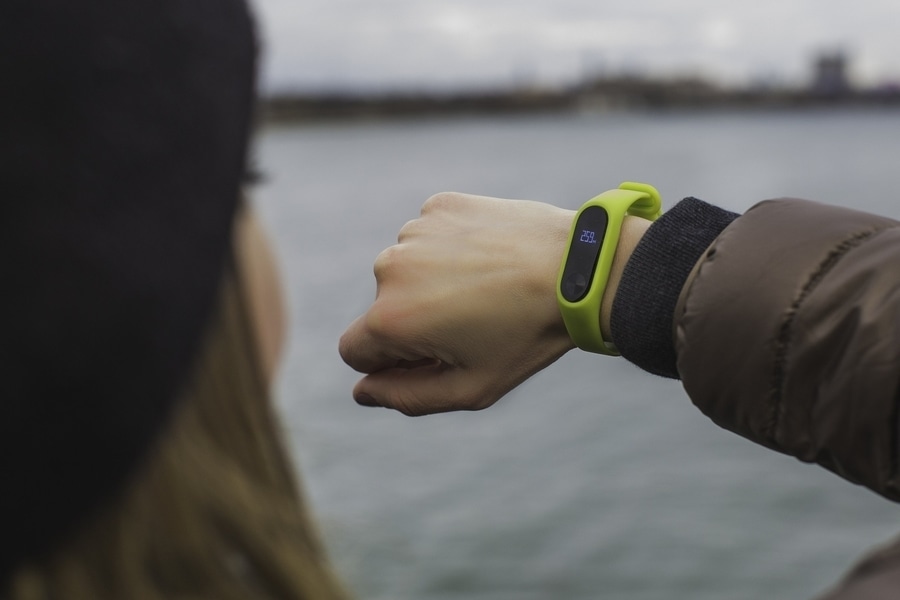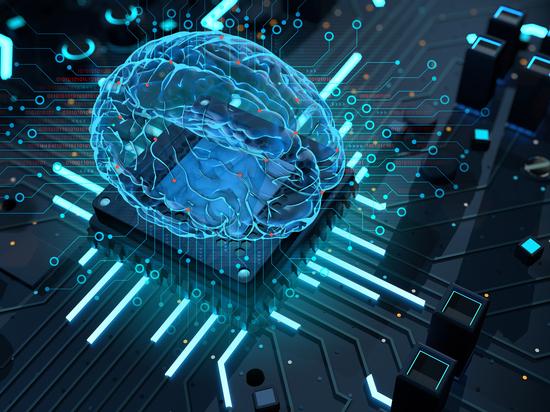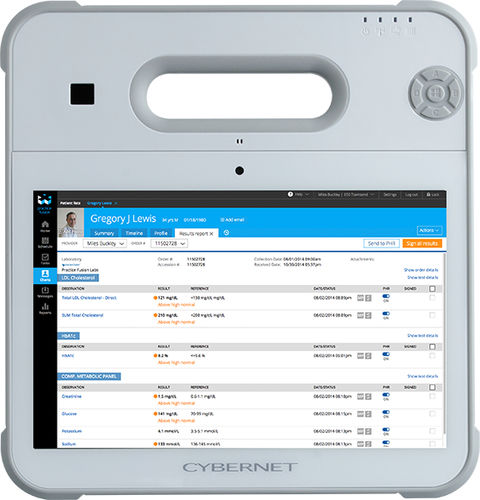
#Industry News
What is IoMT: Explore the Revolution
Learn more about the Internet of Medical Things, the technological innovation reshaping the industry.
Typically, electronic medical devices have operated separately from one another. For example, a medical monitor could not transmit its readings to a computer with the patient's EMR loaded.
The advent of the internet has changed this paradigm. Medical devices equipped with Wi-Fi can communicate with each other safely and securely and without the need for human oversight.
Today, the Internet of Medical Things (IoMT) contains all medical devices, medical computers, and applications that connect wirelessly and help deliver a better care experience to patients worldwide.
What is the Internet of Medical Things?
The Internet of Medical Things refers to medical devices and programs that rely on the Internet to transmit info, such as:
Remote patient monitoring for those with chronic or long-term conditions
Tracking medication orders as they are shipped
Collecting patient data from wearable health devices
Connecting ambulances to healthcare facilities as they transport patients, and much more.
IoMT vs. IoT
IoMT is itself a subset of the Internet of Things, the network of Internet-connected devices around the world. Other examples of IoT include Wi-Fi-connected factory machines, biometric security locks, and autonomous farming equipment.
IoMT specifically pertains to devices used in the healthcare industry and medical applications, as these devices often require more robust security features than those used in other sectors. Because they operate close to the human body, they must also follow regulations concerning safety from electrical shocks, such as IEC 60601-1.
What’s the Effect of IoMT on Healthcare?
The Internet has made it easier than ever to transmit information between devices, especially with Wi-Fi allowing for wireless transmission. New hardware innovations are also helping to drive IoMT adoption.
Progress in embedding electronics into plastic and fabric has led to the development of economical and lightweight sensors for IoMT. These sensors can be seamlessly woven into clothing or textiles, serving as wearable health devices or single-use disposable sensors.
Simultaneously, the availability of advanced instruments capable of detecting parameters such as weight, movement, and temperature has simplified the patient monitoring process.
The most significant benefits that IoMT offers are improved patient care and reduced costs for healthcare groups. They also allow patient self-service and reduce in-person visits.
IoMT also enables better inventory management and faster health data processing, saving providers time and money that would otherwise be spent on administrative tasks.
The Different Types of IoMT Devices
IoMT devices can be categorized by where they are implemented, whether on the patient's body, in the home or hospital, or in the broader community.
On-Body
On-body IoMT medical devices can be divided into consumer health wearables and medical-grade wearables.
Consumer health wearables are devices the general public uses for personal health and fitness, such as activity trackers, sports watches, and smart garments. Health authorities do not technically regulate these devices. However, experts may recommend them for particular health applications, such as assisting patients with weight loss.
Medical-grade wearables are regulated devices certified by regulatory bodies like the Food and Drug Administration (FDA) and are typically used at a provider’s recommendation. For example, glucose monitoring sensors observe blood sugar levels, alerting people with diabetes if levels become too low or too high.
IoMT devices are so small and lightweight that they can be worn comfortably on a person’s body, enabling healthcare providers to monitor their patients more closely.
In-Home
Personal emergency response systems, patient monitoring devices, and telehealth are all examples of in-home IoMT devices. These devices all serve the same purpose of bridging the physical gap between patients and providers.
An emergency response system alerts EMTs if an emergency occurs. These devices can be activated at will or set to automatically contact emergency services if certain parameters (like falls) are detected. This makes them extremely useful for homebound individuals or those with limited mobility.
Remote monitoring is also popular for the medical Internet of Things, especially for patients with chronic conditions that require long-term care. By placing sensors around the patient’s home, the patient can remain at home while providers monitor their condition.
Lastly, telehealth devices enable patients to contact their providers from the comfort of their homes, sparing them the need for a trip to the hospital or clinic. Video consultations allow providers to evaluate symptoms or lesions without being there in person.
In-Hospital
In-hospital IoMT includes devices and programs that help manage the various aspects of a hospital. This includes equipment like ventilators and EKG machines, and inventory management solutions that help staff track and order supplies.
IoMT also helps manage the people in a hospital, both providers and patients. By wearing IoMT-enabled devices, hospital personnel can be tracked to measure their productivity and locate them in the case of an emergency. Patients can also wear these same devices, letting staff follow them during every step of their visit.
Community
Community IoMT or public IoMT cover devices that have been dispersed through a town or area. A point-of-care kiosk that dispenses medical supplies in a rural area, for example, is a community IoMT device.
Community IoMT also includes emergency services, such as tracking EMT vehicles and assisting first responders. By implementing community IoMT, these first responders can be better informed on how to treat victims and what hospitals are best prepared to receive them.
Even outside of emergencies, IoMT devices can be used in logistics and shipping to ensure that medical goods and equipment are delivered safely and efficiently. For instance, sensors can ensure pressure and temperature-sensitive objects (such as organs for transplant) are properly protected during transportation.
The Benefits of IoMT
The benefits of IoMT include, but are certainly not limited to:
Better patient outcomes. IoMT devices enable round-the-clock patient monitoring and give providers insights into a patient’s living conditions.
Improved patient engagement. By giving patients easier access to their medical data via wearable devices, they can be more invested in their well-being and foster a desire to improve on their own time.
Greater accessibility. One of the consistent problems for the healthcare sector is serving patients in remote or disadvantaged communities. IoMT makes it easier for patients in these areas to communicate with healthcare providers and receive treatment.
Lower costs. By using remote monitoring and telehealth enabled by IoMT, patients can return home early or avoid a visit entirely, saving both the patient and their insurance company money.
Easier logistics. IoMT can inventory hospital medical equipment and supplies and issue alerts when maintenance is required or replacements must be ordered. This saves staff from tracking down equipment or placing orders and lets them focus on treating patients instead.
Considerations and Challenges of IoMT
Of course, like any new technology, IoMT faces challenges such as:
Regulatory issues. HIPAA, the FDA, and other government bodies worldwide tightly regulate electronic health data. IoMT devices and any data they transmit must be able to meet the security regulations these organizations require.
Legal questions. Who owns the data generated by IoMT devices is a question that has yet to be answered. The patient, the software provider, and the healthcare organization all have a claim to the data in the eyes of the law. New laws are needed to clearly define ownership, rights, and responsibilities regarding IoMT data.
Security and privacy. Healthcare is one of the most frequently targeted sectors for cybercrime. IoMT data is more accessible than other forms due to its reliance on public internet networks. IoMT and its users must follow all best practices for cybersecurity, such as encryption protocols, password protection, and more.
Implementation and costs. IoMT can have high upfront costs, especially for healthcare groups that have yet to invest heavily in internet-based applications. In addition, staff must be trained to use these new tools effectively. Given the pace of healthcare operations, this can be challenging to make time for.
User experience. Many IoMT devices rely on patient usage to maximize them, so they must be user-friendly and reliable. Otherwise, any data they produce will be flawed or limited.
What the Future Holds for the Internet of Medical Things
Every year, more IoMT devices are implemented, and more healthcare groups embrace them as a solution. An estimated 70% of healthcare organizations worldwide use IoMT devices, which will only increase as adoption becomes more accessible and affordable.
A significant game-changer for IoMT is the widespread usage of artificial intelligence (AI). AI can process vast amounts of data incredibly quickly, enabling faster diagnoses and even predictive analysis that prevents medical issues from becoming severe. For instance, patients could use wearable IoMT devices connected to a predictive AI program to diagnose illnesses they experience before scheduling a medical appointment.
Discover Cybernet’s Cutting-Edge Medical Computers and Tablets Today
While there are challenges to overcome, implementing IoMT devices can reap massive benefits for healthcare organizations and their patients. However, adopting IoMT devices requires powerful, reliable, and secure computers to protect data from prying eyes.
If your healthcare organization needs computers that are IoMT-ready, look no further. Cybernet’s medical computers and tablets are fully compatible with both modern and legacy medical devices and are Imprivata-ready for security encryption.
If you’d like to learn more about how our devices can help your organization adapt to the IoMT, please contact the Cybernet Manufacturing team today. Our team would happily discuss how our devices can fulfill multiple IoMT roles.





